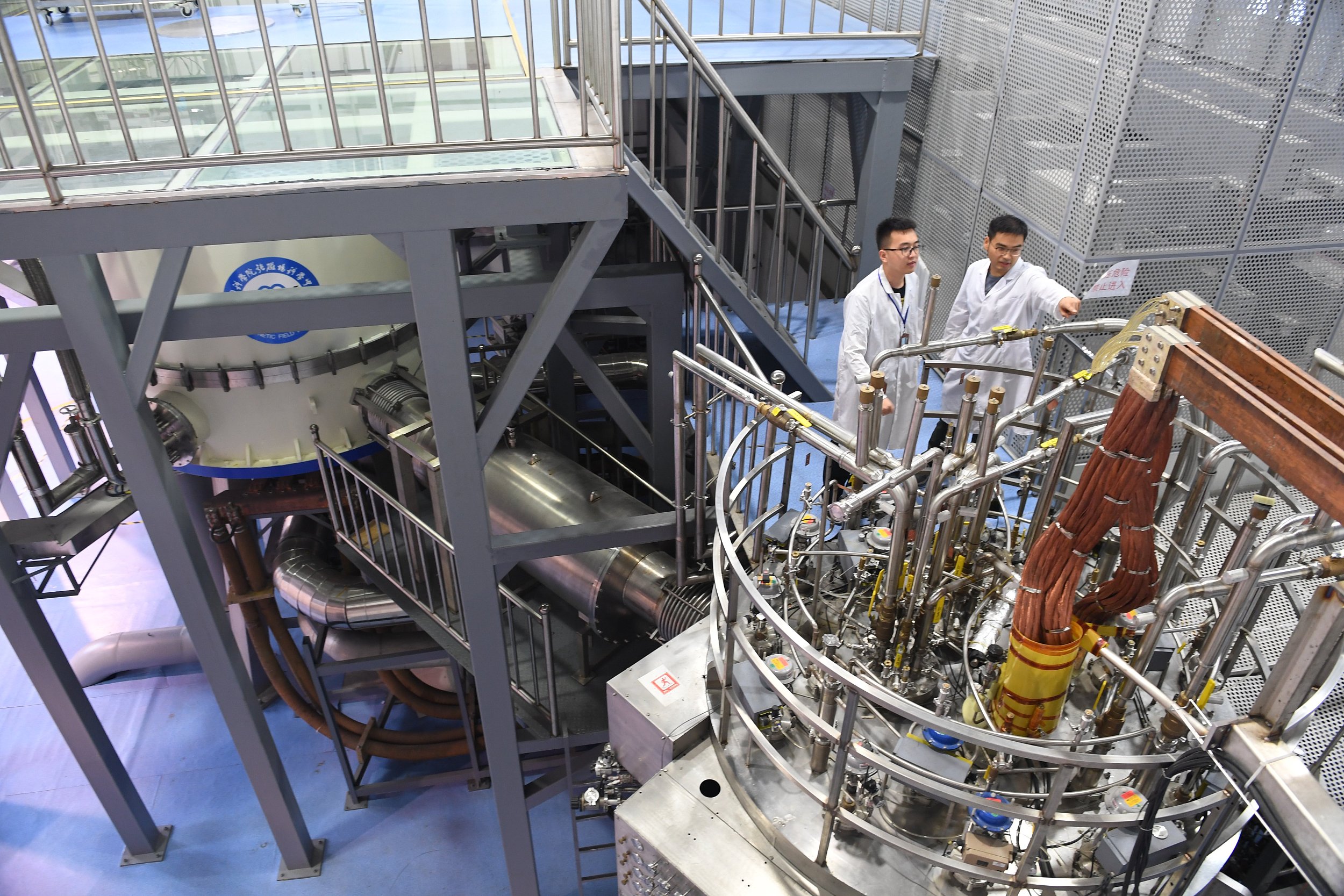China's HL-2M tokamak completes first plasma discharge
China's HL-2M tokamak, commonly known as the new-generation "artificial sun," was powered up and then completed its first plasma discharge on Dec. 4, laying a solid foundation for building the country's R&D capacity on a nuclear fusion reactor.
First approved by the China Atomic Energy Authority in 2009, the HL-2M tokamak project is independently designed and constructed by the Southwestern Institute of Physics (SWIP), a research body under the China National Nuclear Corporation (CNNC).
It is by far China's largest advanced tokamak device with the highest parameters, and also an upgrade of the country's experimental magnetic confinement fusion device. Its advent demonstrates China's self-reliance capabilities regarding the design, construction, and operation of a large-scale advanced tokamak.
China's development of fusion energy not only meets its strategic need for saving finite energy resources, but also is of great significance for the sustainability of its energy sector and the national economy in the future.
To help achieve the sustained and controlled nuclear fusion, HL-2M tokamak is capable of generating plasma at a temperature of over 150 million degrees Celsius, nearly ten times hotter than the solar core.
A series of ground-breaking efforts have been made by SWIP and other research bodies concerning the physical and structural design of devices, the R&D of special materials, material connection and key component development, and the assembling process at final stage.
The team has also developed products and technologies with proprietary intellectual property rights.
The HL-2M tokamak project is expected to contribute to the high-quality development of China's fusion energy capacity, facilitate its research work on plasma physics, and further act as a global cooperative platform for the R&D of fusion energy.
You can also read it at:

